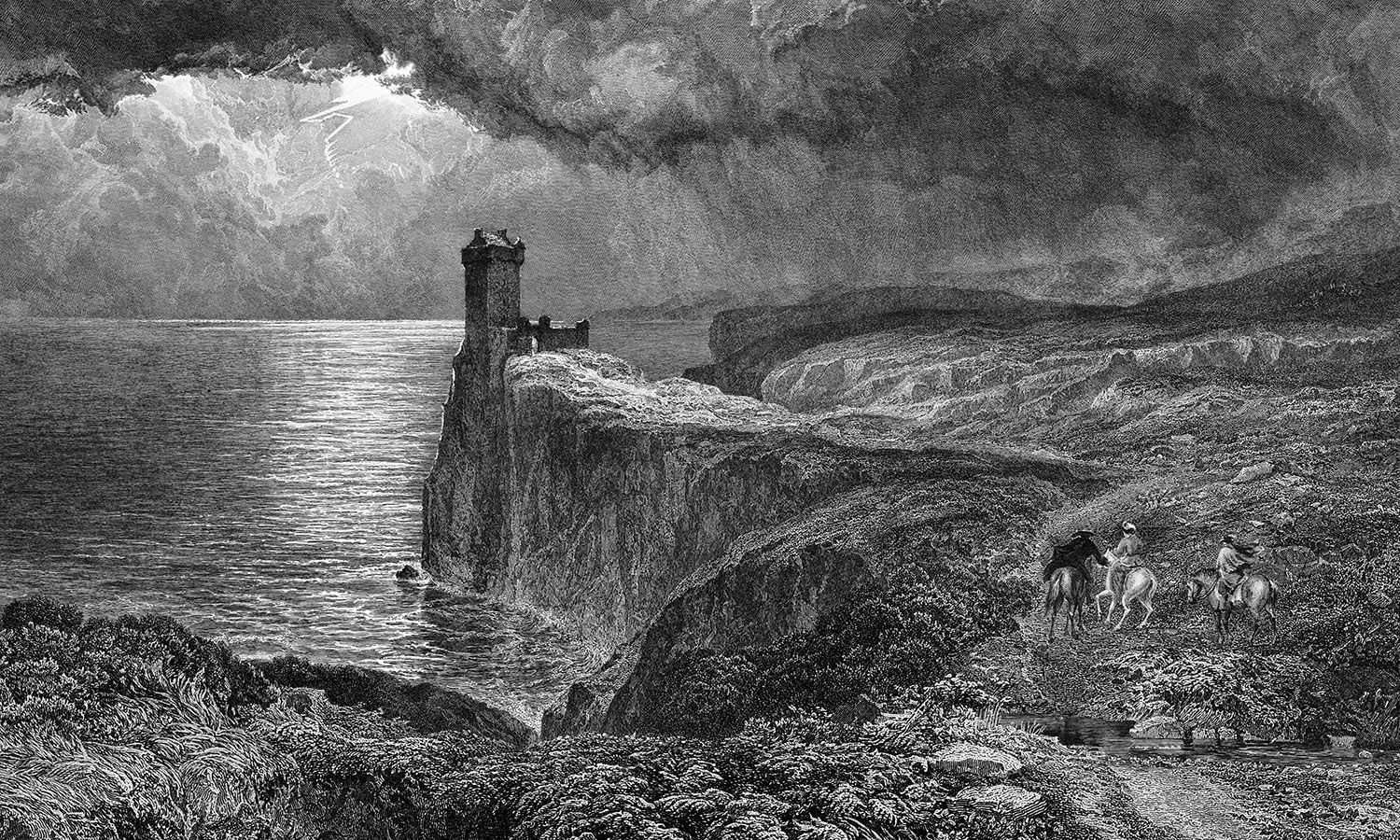One Sunday a few weeks back, one of those gray, cold, muddy, flurrying sorts of afternoons that are common in January, a group of us took a drive over to Vermont, stopping en route at an antique market near Keene that is a collection of what look like disused long dairy barns crammed full of stalls. The primary object of this stop was for my wife to hunt for various of her current obsessions, among them doorknobs, lamps and light fixtures, and blue willow china (she did find an old doorknob to her taste). I mostly looked through the books and postcards and old sports and college memorabilia, though as is usually the case I didn't buy anything. I did remark, as I went around the various stalls, five or six copies, all in different editions, several of them rather handsomely bound or parts of smart looking collectible sets, of Ivanhoe by today's author, Sir Walter Scott, a book that no one I have ever met, that I am aware of, has ever read through to the end, or at least has ever found the experience worth mentioning or making reference to; yet at one time it was clearly believed to be a book to push on people aspiring to be well read, especially boys in whom one wanted to cultivate that enthusiasm. I remember, due in part to copies of it being ubiquitous even in the environment in which I moved, trying to read it myself once as a teenager. But I didn't get very far in it at that time, as I am pretty sure whatever was going on in the plot was unintelligible, and the manner of writing was one in which I did not have as yet enough practice in reading to appreciate, nor did the early chapters of the book generate enough immediate interest in me to begin trying to cultivate such an appreciation. So like pretty much everyone else has done for the past hundred years, I put it aside and thought little of Scott's works, apart from the occasional references to them that I would come across in other 19th century writers, for more than three decades.
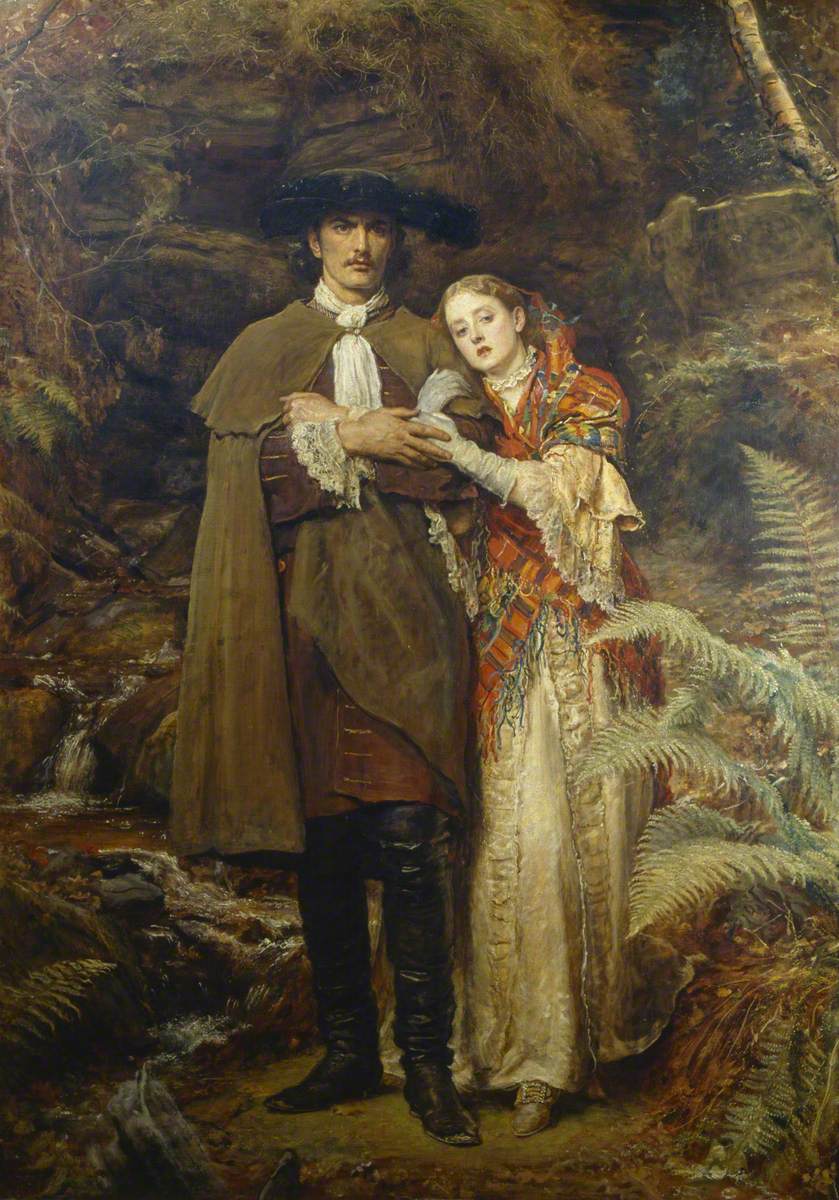
Last year, when I was fifty, one of my lists that I pretty slavishly follow--I do keep three of them in an attempt to disperse the totality of the slavishness at any given moment by allowing for some possibility of variety to creep into my routine--finally brought me face to face with a Scott book, The Heart of Midlothian. While this book was somewhat overlong, the discovery that Walter Scott was a real writer with real big league talent was a revelation to me in my middle age. The Bride of Lammermoor, a shorter, tighter, broodier, more fantastical novel, is even better. The Romantic gothic novel has been done to death, but to read these books is really to drink from the original source. The clouds enshrouding the castle tower, the ancient servant with his candle opening the enormous heavy door on a stormy night, the melancholy of the impoverished Master of Ravenswood gazing on the fox hunt from afar, everything about the mood, the details, the emotions evoked, is just right. Though the descriptions and dialogue are in some degree purposely affected and exaggerated, compared with Scott's many later imitators, they seem unaffected and natural-sounding; as can be said of Flannery O'Connor, who may not seem at first blush to be an obvious comparison, our experience of life would be elevated greatly if people really did always act and talk, and the world always appeared to us, as they do in these books.
The Bride of Lammermoor is somewhat celebrated for its plot construction, which is good without for the most part ever forcing itself on your attention. It builds up leisurely, with the aforementioned hunts, dinners, visits, a few capers, some brooding, some backstory, and then when we get to the last 50-75 pages everything is set up and we are off to the perhaps inevitable but still dramatic and heavy conclusion.
.jpg/1200px-Walter_Scott_(1830).jpg)
From the preface: "When the finished (i.e printed) novel was first put into Scott's hands, he assured (John Ballantyne) that he did not remember one incident, character, or conversation in it." It took Scott around eight months to write the book, from September 1818 until May 1819, during most of which period he was evidently wracked by violent pain. In other words, he was not your stereotypical tortured soul type of writer agonizing over every sentence. One wonders how that model of an artist ever gained such influence with us. Most of these really famous guys were prolific, highly focused professional writing and art-making machines. Yes occasionally an interesting and witty debauched poet will make fun of them, and make a few fair points as well, but in the end the prolific producers of copy seem to hold up generation after generation, and are certainly more widely read by every demographic outside of the Cool/Artsy and Wannabe Cool/Artsy 18-35 cohorts. Scott's output it seems to me was especially worthy of note. He started relatively slowly, writing poems at first, publishing his first volume at age 25, and adding eight more before the first of his novels appeared when he was 43. Between this date and the end of his life a mere eighteen years later, 31 more would follow, most of them full length novels (min. 300 pages) or even longer, around half of which are titles immediately recognizable today to anyone with a passing familiarity with 19th century English language literature. This was in addition to 8 more books of poems and 28 volumes worth of miscellaneous prose works, including a nine volume Life of Napoleon and a Lives of the Novelists, which used to be included in the Everyman's Library, from which series I got my reading copy of The Bride of Lammermoor as well.

The story, which is set in the late 1600s, is introduced by way of some old manuscripts and bits of doggerel poetry from that former age, I assume fictional, though I am not absolutely certain, which Scott claims to have come across in his researches. I had written some lines down which I found humorous at the time, but they don't have the same impact out of context. He followed this up by telling a story of a painter who had been a youthful friend who failed to achieve success and died the premature lonely impoverished death of such characters. "So ended Dick Tinto! a lamentable proof of the great truth, that in the fine arts mediocrity is not permitted, and that he who cannot ascend to the very top of the ladder, will do well not to put his foot upon it at all." Tinto has been introduced into this story because he once executed a sketch of the fatal climactic scene which inspired the novel, though the painting was never completed. This is all done much more amusingly and skillfully in the book than I am conveying here, Scott does not actually get to Ravenswood Castle and Edgar and Lucy Ashton and all of their friends and antagonists themselves until page 27, but I at least did not mind the delay, I rather enjoyed the roundabout means of getting there, which we did do in time.
p. 42 The ferocious Lady Ashton, married to a wealthy lawyer and government official, but not a man of feudal warrior lineage such as Lord Ravenswood, contemplating the family's position and her daughter's meeker spirit: "Before ancient authorities, men bend, from customary and hereditary deference; in our presence, they will stand erect, unless they are compelled to prostrate themselves. A daughter fit for sheep-fold or cloister, is ill-qualified to exact respect where it is yielded with reluctance."
There is a jolly ale story contained in a footnote that, in the mood one enters into while reading the book, seemed full of a conviviality and bonhomie of the sort that is so elusive in actual life, and which indeed does not exactly carry over in the same spirit to my copying it here. But I am going to do it anyway.

"It is a current story in Teviotdale, that in the house of an ancient family of distinction, much addicted to the Presbyterian cause, a Bible was always put into the sleeping apartment of the guests, along with a bottle of strong ale. On some occasion there was a meeting of clergymen in the vicinity of the castle, all of whom were invited to dinner by the worthy Baronet, and several abode all night. According to the fashion of the times, seven of the reverend guests were allotted to one large barrack-room, which was used on such occasions of extended hospitality. The butler took care that the divines were presented, according to custom, each with a Bible and a bottle of ale. But after a little consultation among themselves, they are said to have recalled the domestic as he was leaving the apartment. 'My friend,' said one of the venerable guests, 'you must know, when we meet together as brethren, the youngest minister reads aloud a portion of Scripture to the rest;--only one Bible, therefore, is necessary; take away the other six, and in their place bring six more bottles of ale.'
This synod would have suited the 'hermit sage' of Johnson, who answered a pupil who enquired for the real road to happiness, with the celebrated line, 'Come, my lad, and drink some beer!'"
Prophecies operate as truths in books like this. I can never disbelieve in them though they have no part in real life.
p. 278 "He flourished much on generosity and forgiveness of mutual injuries, and hinted at the mutability of human affairs, always favourite topics with the weaker party in politics."
I should see what the overwhelmingly great white male hopes at the IWE have to say about it. "When Scott wrote this novel he was still using the pseudonym Waverley; and his creation 'Waverley' had become the world's most popular novelist. The Bride of Lammermoor is typical of the Waverley novels, neither better nor worse than the others. Its more lasting fame is due to the Donizetti opera Lucia di Lammermoor, based on it." Not the most ringing endorsement for a book on their own handpicked reading list, but that is one of the charms of the list. It is not always clear why any particular book has made it rather than some other one. Scott was evidently still considered important enough in 1960 that they felt they had to put three of his books on the list, the other two being the aforementioned Ivanhoe, and Kenilworth, which I think also reaches back to the middle ages and the era of knights, and was thought for that reason to be of interest to boys. This one (Lammermoor) is good though. It has real feeling, one feels a connection to the material, and to the author as a kind of clever and entertaining host at a dinner one attends, and wonders why he does not frequent such company more regularly.

The Bourgeois Surrender Challenge
The notes on this generated an enormous field of which the qualifying group is pretty strong. Contenders with 600+ points have to go on the road in the first round.
1. Jamie Glowacki--Oh, Crap! Potty Training............................................................6,715
2. Pay It Forward (movie--2000)................................................................................3,203
3. Ann Patchett--Bel Canto..........................................................................................3,113
4. Lynn Toler--Dear Sonali: Letters to the Daughter I Never Had.............................1,603
5. J. Edgar (movie--2011)............................................................................................1,559
6. Thomas Hardy--The Mayor of Casterbridge..............................................................876
7. The Duellists (movie--1977).......................................................................................659
8. The Office, Season 3, Episode 1 (TV).........................................................................620
9. Talia Hibbert--A Girl Like Her....................................................................................609
10. Lyndsey Faye--The Gods of Gotham........................................................................609
11. Edward Fitzgerald--The Rubaiyait of Omar Khayyim..............................................499
12. Gabriel Garcia Marquez--Of Love and Other Demons.............................................415
13. My Life is Murder, Season 1 (TV).............................................................................325
14. John Webster--The Duchess of Malfi........................................................................240
15. Nella Larsen--Quicksand..........................................................................................218
16. Arthur Conan Doyle--The Return of Sherlock Holmes.............................................190
1st Round
Mostly clearing out the movies.
#16 Conan Doyle over #1 Glowacki
Sorry Jamie Glowacki.
#15 Larsen over #2 Pay It Forward
#14 Webster over #3 Patchett
Bel Canto is a former winner of this competition that I thought was only so-so at best. Such books are eligible to enter the tournament and try to win again, though none have. Webster's classic Elizabethan era revenge tragedy probably just missed being on the actual IWE list itself, which would have made it ineligible. But it did not make it.
#4 Toler over #13 My Life is Murder
#12 Garcia Marquez over #12 J. Edgar
#6 Hardy over #11 Fitzgerald
This matchup between a pair of late Victorian heavyweights was the marquee attraction of the 1st round. I long thought that The Mayor of Casterbridge was an IWE selection as well and that that listed included 4 Hardy novels, but my memory deceived me, there are only three on it, and this one was the phantom.
#10 Fayes over #7 The Duellists
#9 Hibbert over #8 The Office
Elite 8
#16 Conan Doyle over #4 Toler
#6 Hardy over #15 Larsen
Quicksand is a 1928 novel by a black, or half-black (her mother was Danish) American woman who was part of the Harlem Renaissance. Naturally, not having much contact, even online, with the most attuned literary people, I had never heard of it, but it is available in a Penguin Classics edition, and it's probably decent. I went to Barnes and Noble last Sunday when it was too cold to do anything outside and while they did not have this book, they did have a copy of Nella Larsen's other novel, Passing, which I leafed through, and while you cannot tell whether a novel especially is any good or not by that means, the writing was not obviously weak in any way. That said, given that it is so new to me and I have not come across any reference to it in any other writing at all, let alone in such a manner as to pique my interest in reading it, it would not be quite consistent with my game for it to beat Thomas Hardy in the second round. So it was a hard fought game with some questionable refereeing and perhaps some bitter feelings as the combatants and their fan bases departed the arena. Nella Larsen has entered my consciousness at least, however.
#14 Webster over #9 Hibbert
#12 Garcia Marquez over #10 Faye
Final Four
#6 Hardy over #16 Conan Doyle
A pretty even matchup for these almost exact contemporaries (Hardy was about 20 years older but their careers overlapped). The books are even about the same length. Hardy gets the nod on seeding.
#14 Webster over #12 Garcia Marquez
Even though he tends to be read and gushed over by a lot of people I find annoying, I acknowledge that Garcia Marquez is a great modern writer and I enjoy all of his books. He would gotten the nod over Webster in a straight up game here, especially as I have not read this particular book. But Webster has an upset to knock out the only interloper from a non-British conference (Conan Doyle was from Edinburgh, and had Irish Catholic parents).
Championship
#14 Webster over #6 Hardy
Hardy had a brutal road to the final, Webster had upsets to spring, I need some shorter things on that c-list, so the stars were aligned for The Duchess of Malfi to prevail here.

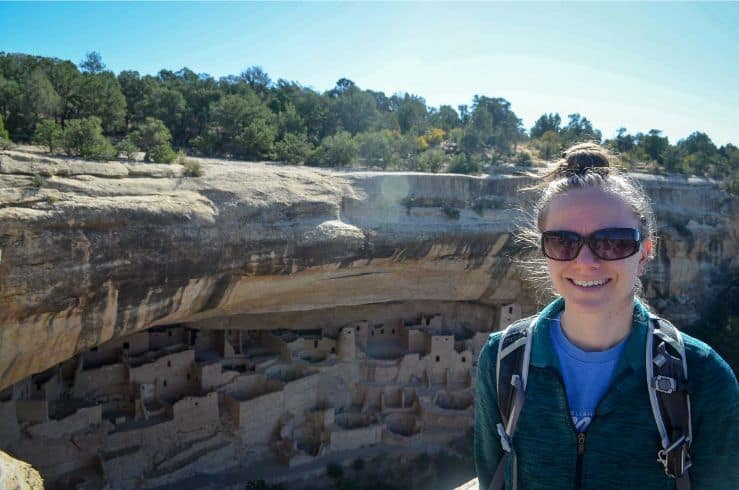
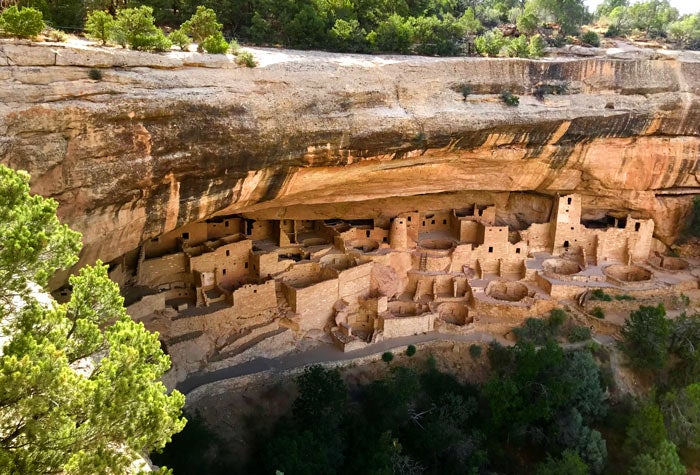

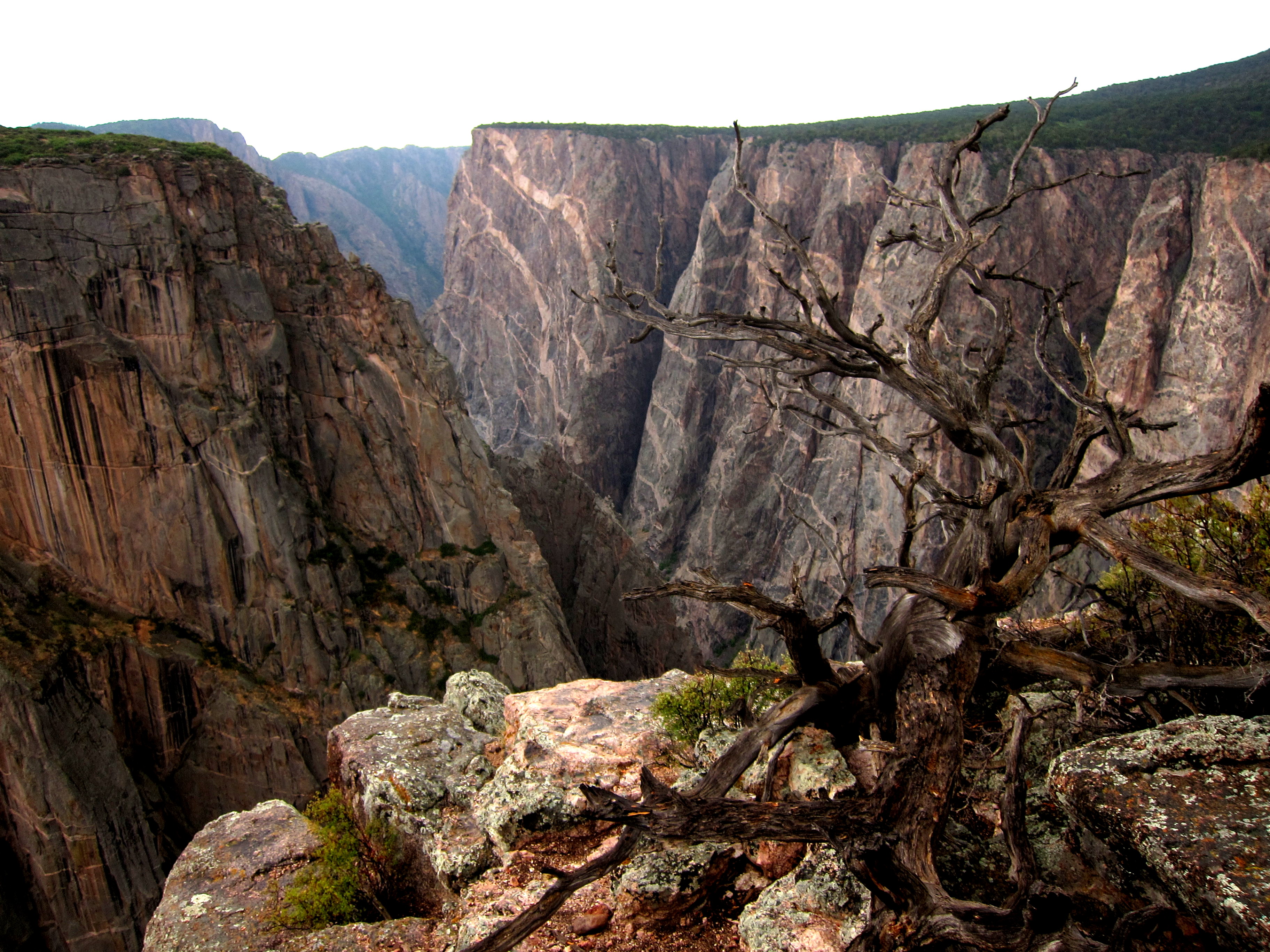



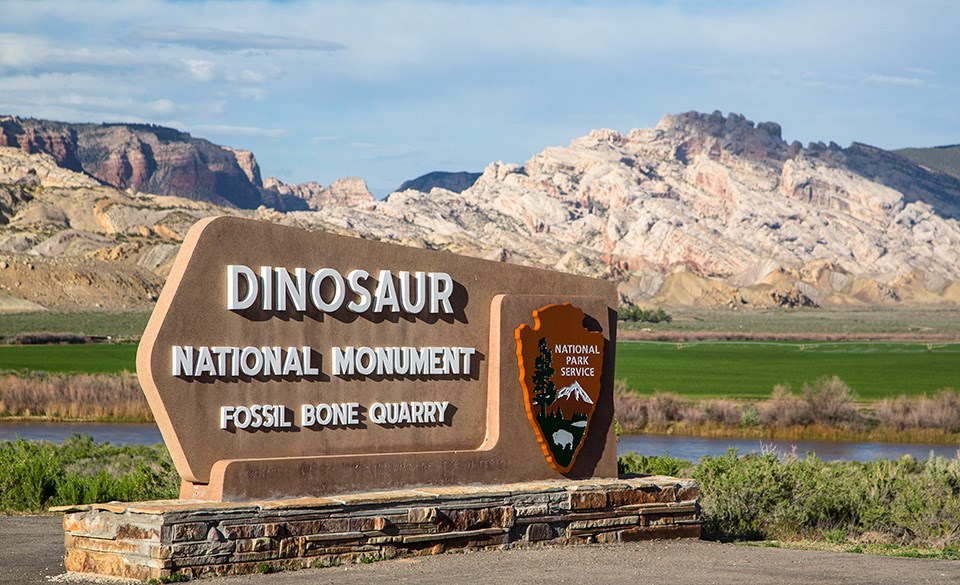


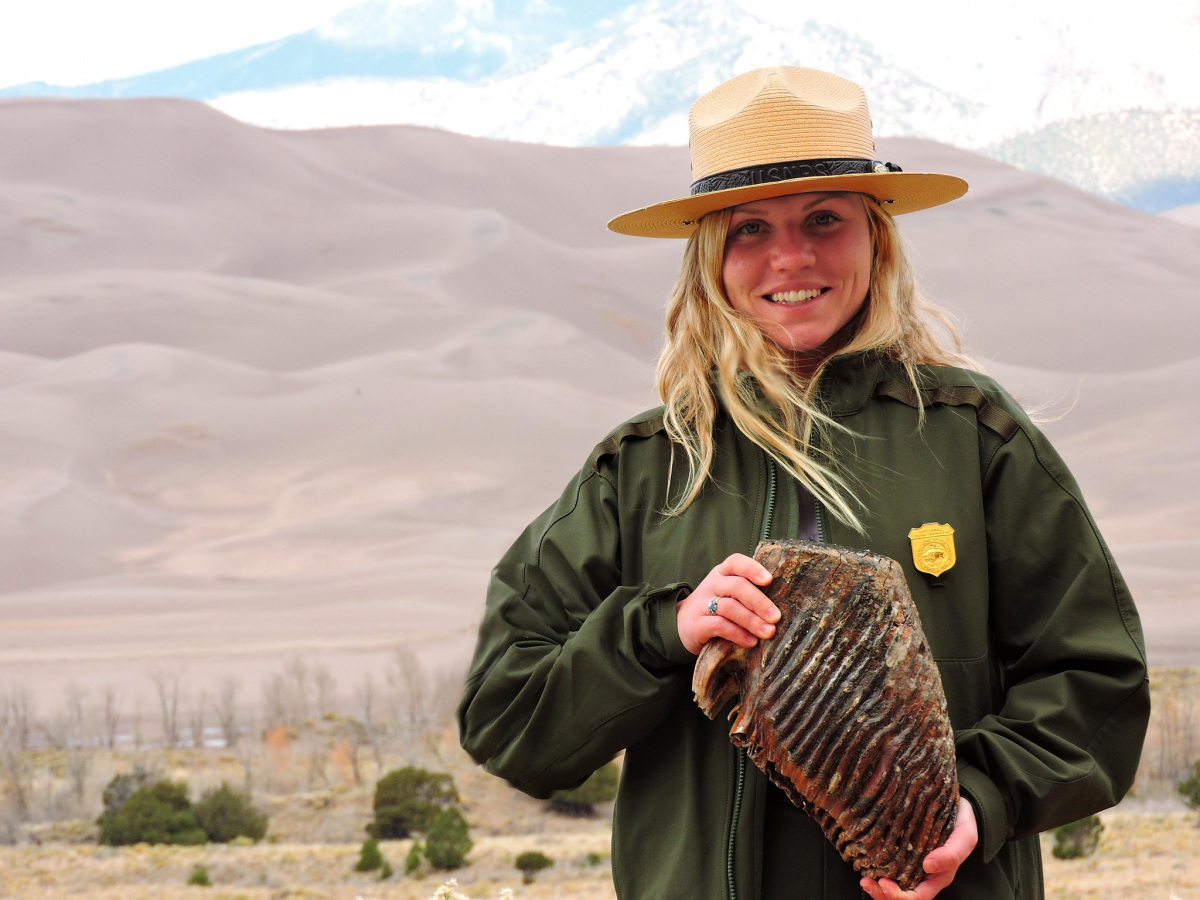
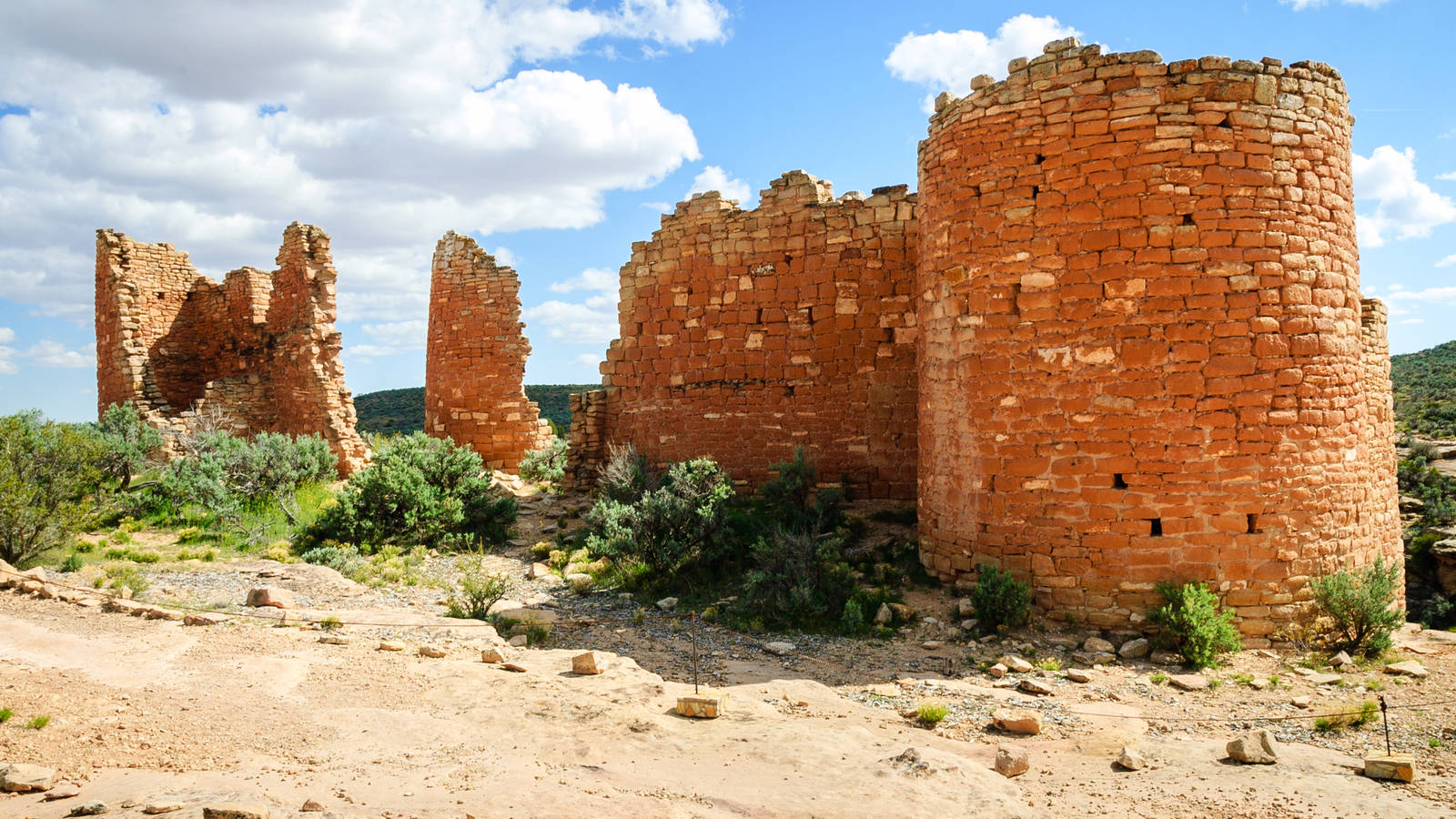

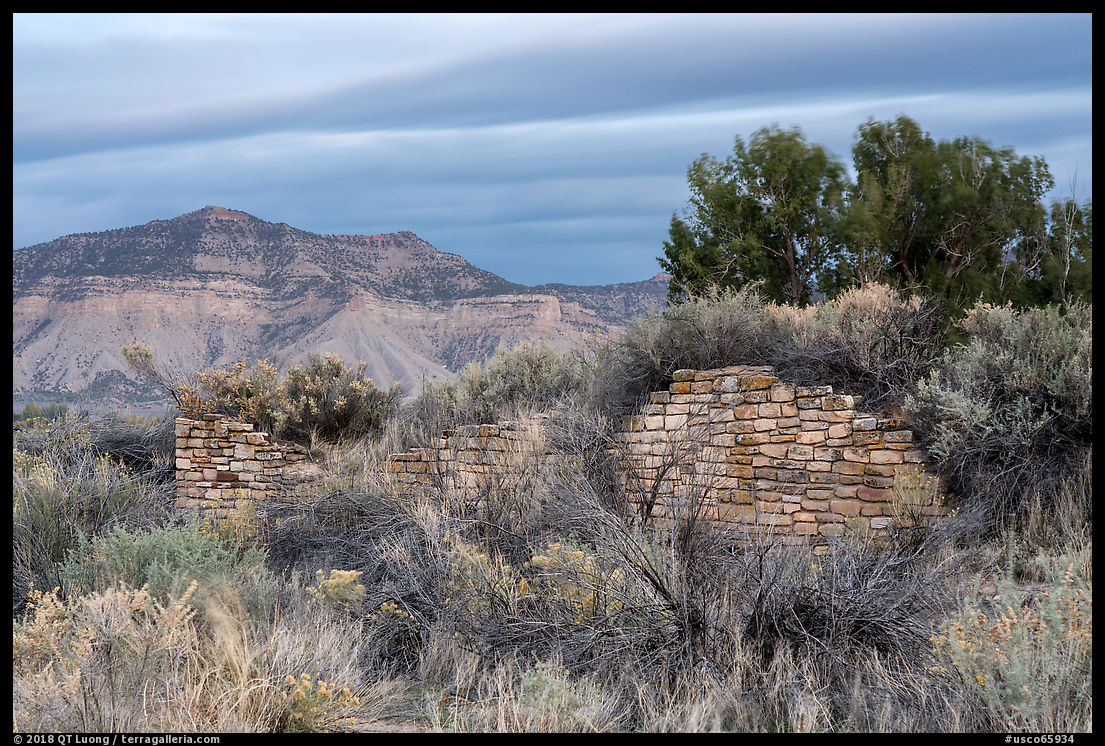


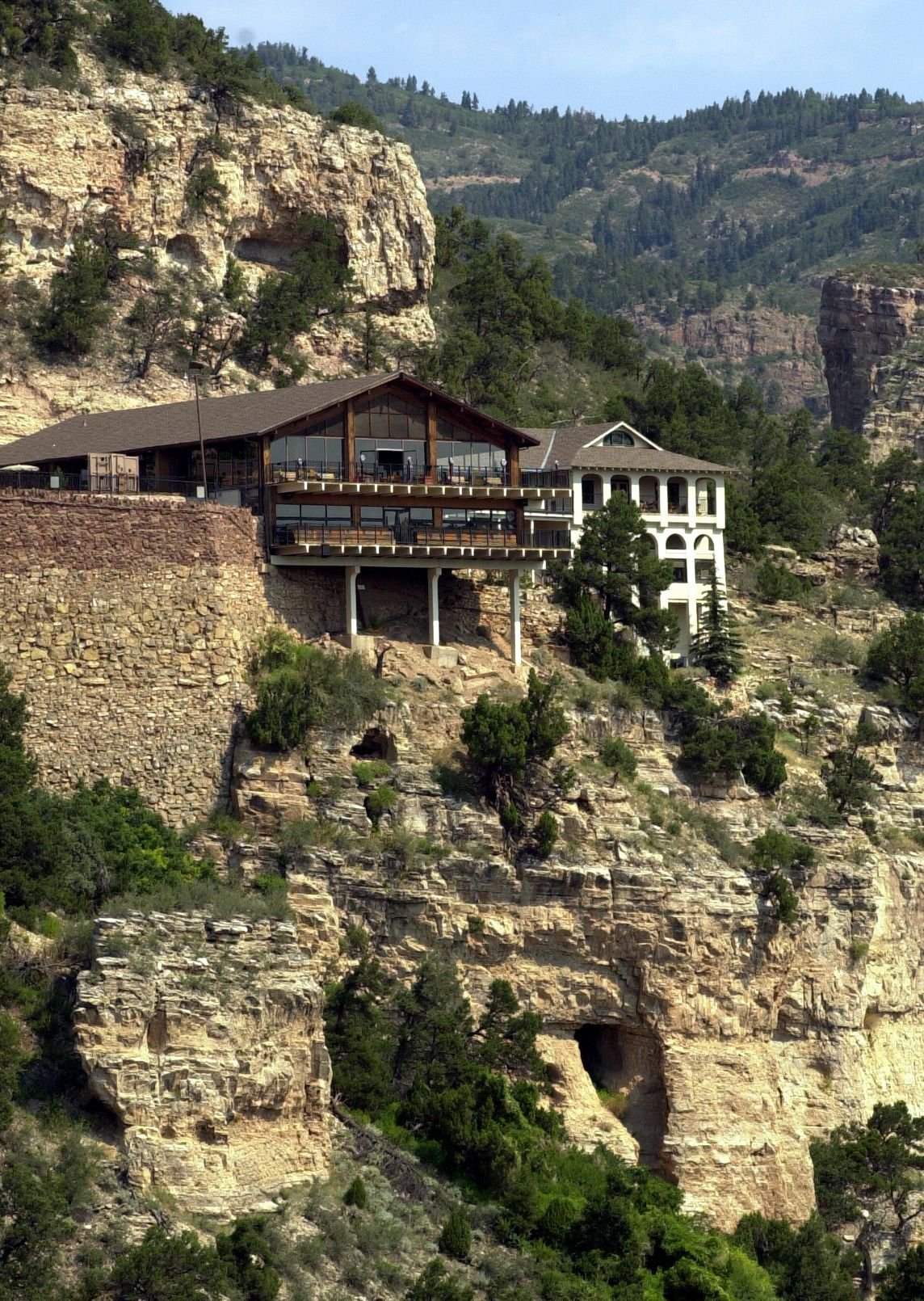



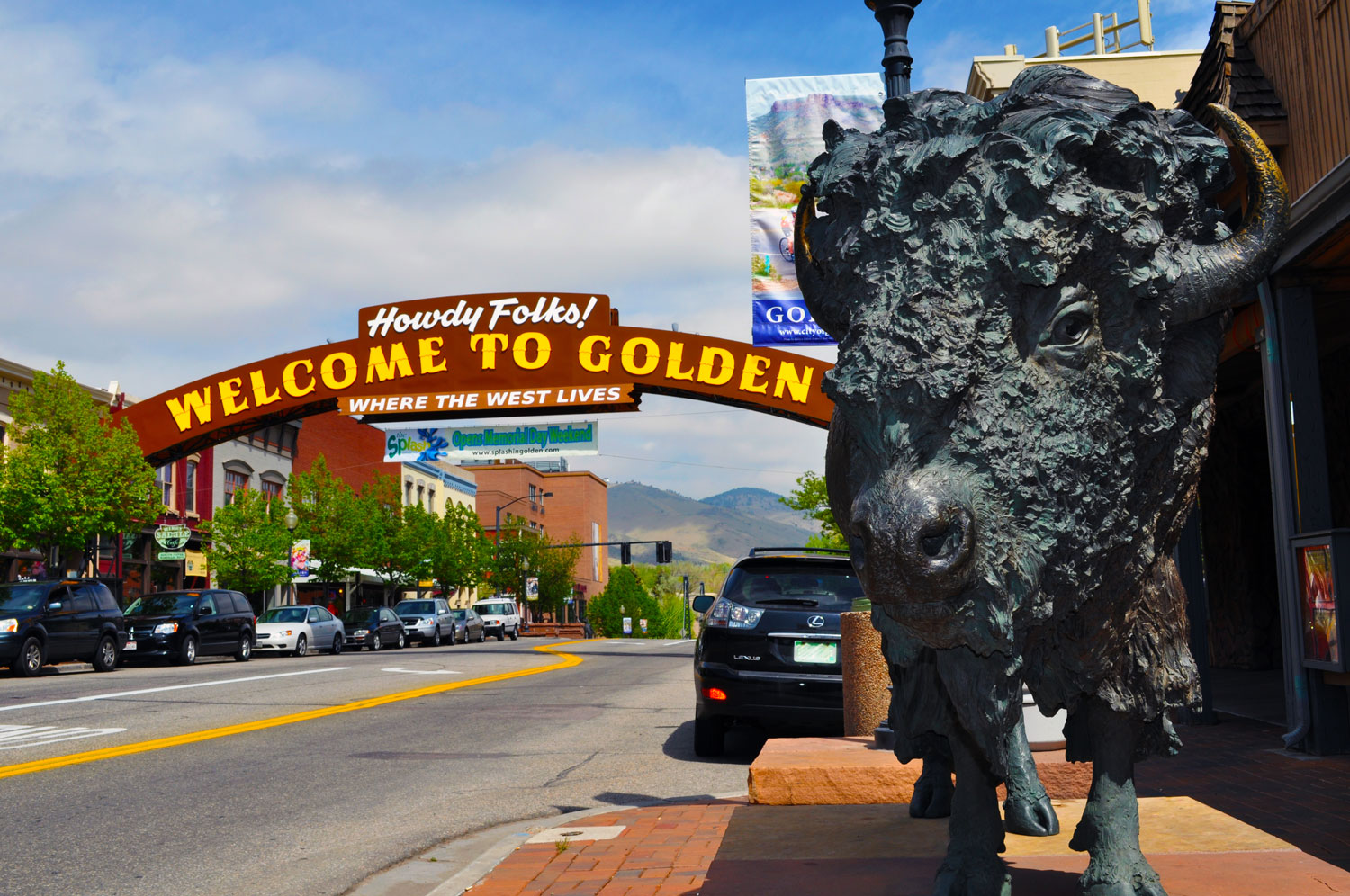



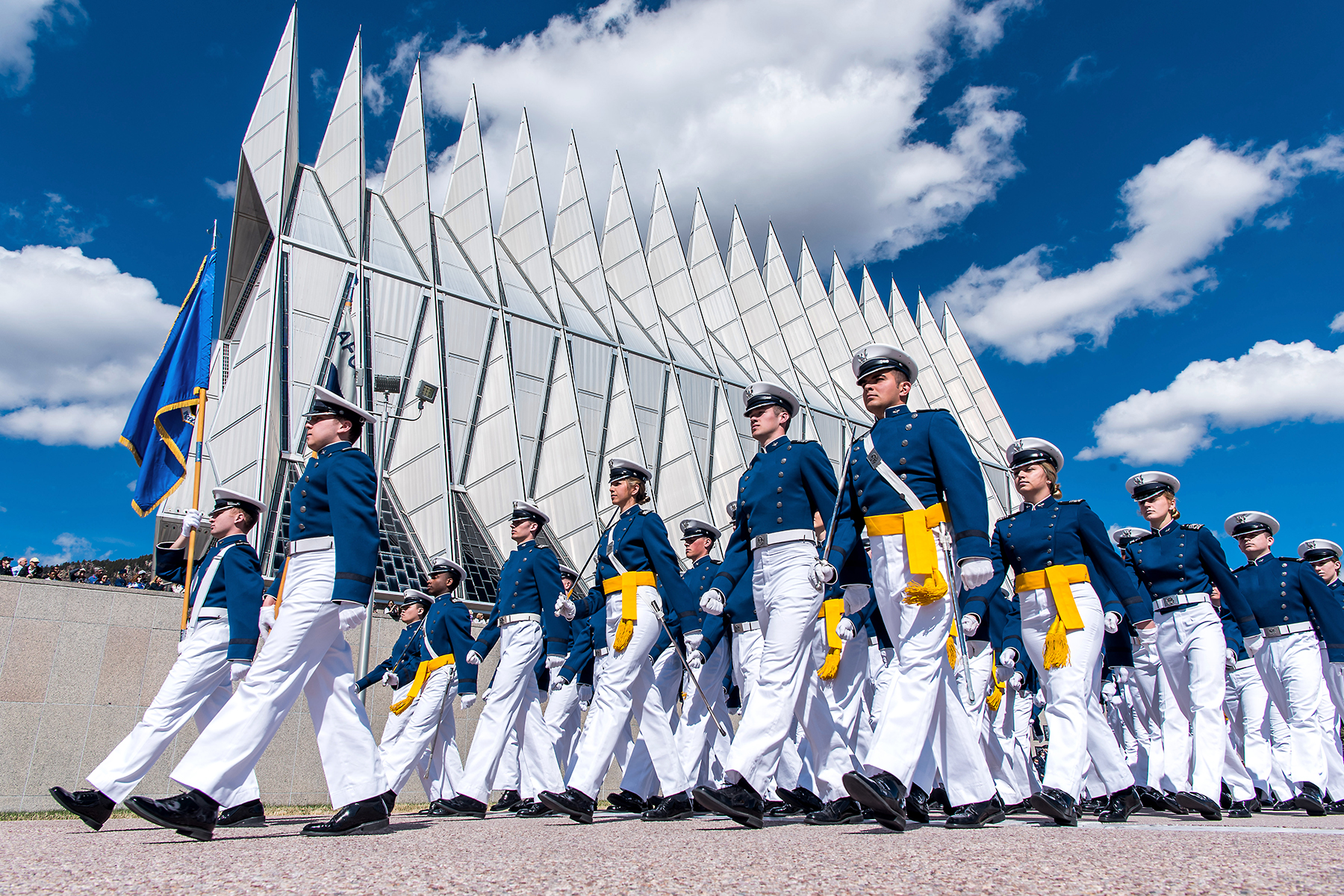






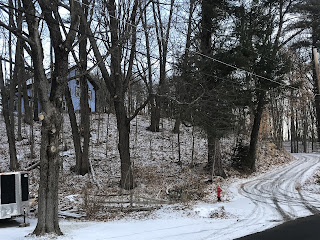











.jpg/1200px-Walter_Scott_(1830).jpg)



